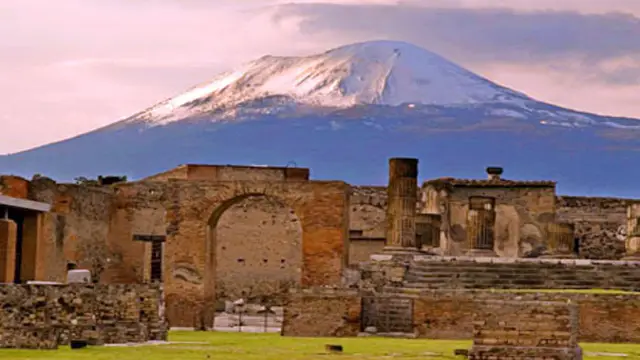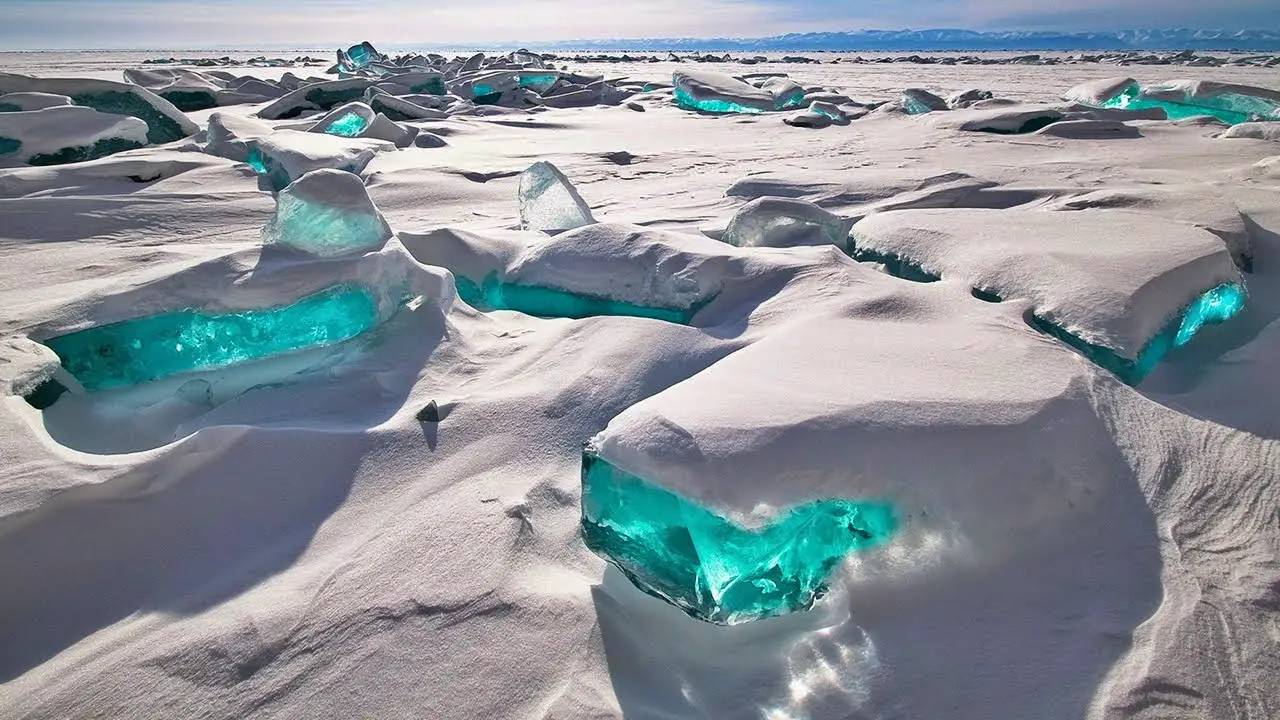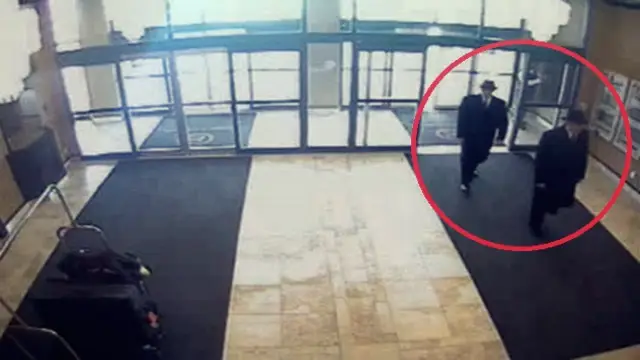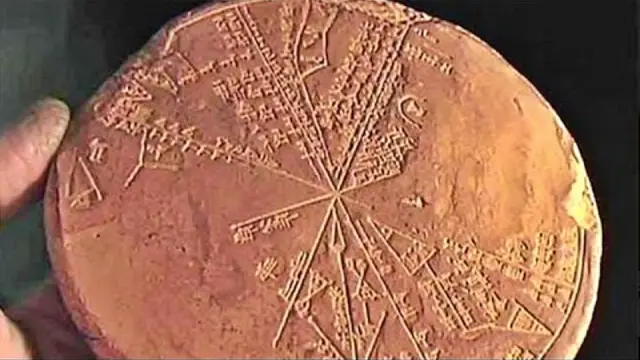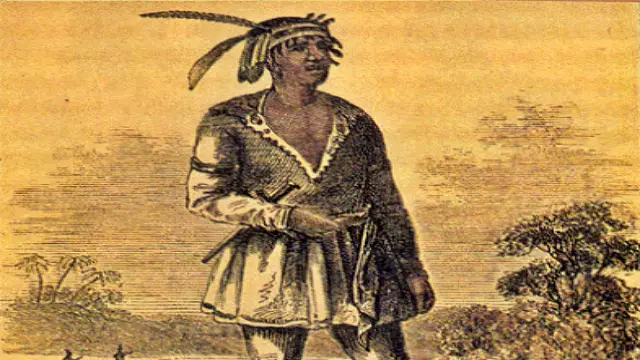Pompeii was an ancient Roman city located near Mount Vesuvius on the west coast of Italy, close to Naples. This vibrant city was a hub of life until a fateful day in 79 AD. On August 24th, at noon, Mount Vesuvius erupted, unleashing a catastrophic flow of ash and debris. Over the next 24 hours, the volcano buried Pompeii under layers of ash and hot surges known as pyroclastic flows. These flows were deadly and caused instant death for many.
Key Points
Around 2,000 of Pompeii’s 11,000 residents lost their lives during this eruption. The citizens were unaware they lived at the base of a volcano, as Mount Vesuvius had been dormant for 1,800 years. The city lay buried and forgotten for centuries until 1748. That year, workers building a palace for King Charles III stumbled upon the ruins.
Rediscovering Pompeii
The discovery of Pompeii was monumental. It provided a unique glimpse into everyday life in ancient Rome. The city was remarkably preserved, frozen in time just as it had been 2,000 years earlier. Pompeii was a popular resort city for Rome’s elite. Its rich soil, a result of previous volcanic eruptions, was perfect for growing olives and grapes for wine.
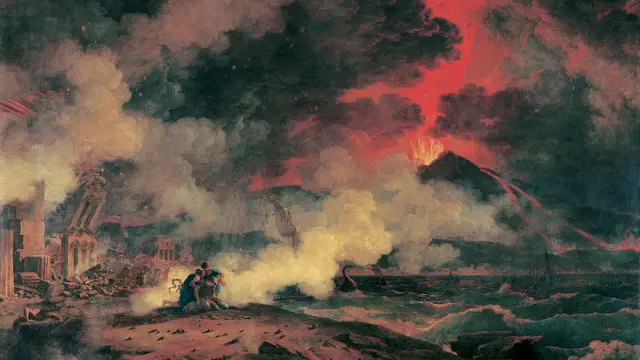
As archaeologists explored the site, they found elegant houses, elaborate villas, open-air markets, and small factories. There were artisan shops, taverns, cafes, and even a 20,000-seat arena where animals and Christians were sacrificed for entertainment. The city also had numerous brothels and bathhouses, showcasing the vibrant culture of its time.
One of the most haunting discoveries was the hardened ash shells that encased human bodies. These shells captured the positions in which people died. An archaeologist filled these ash shells with plaster, creating casts that revealed the last moments of the victims. The casts even showed the shocked expressions on their faces as they faced their tragic end.
The Cause of Death
For many years, it was believed that the victims suffocated from ash and gases. However, a recent study revealed a shocking truth: they actually died from extreme heat. The intense heat caused their bodies to go into a state of instant rigor mortis. This new understanding adds a layer of tragedy to the already heartbreaking story of Pompeii.
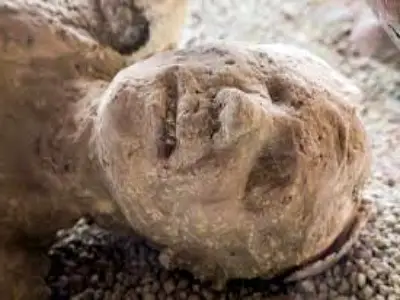
Hidden Aspects of Pompeii’s Culture
Pompeii had a vibrant culture, but one aspect remained hidden for years. The city had a massive sex-trade culture, depicted in erotic art throughout the ruins. In 1819, King Francis I of Naples visited the Pompeii exhibition with his family. He was so embarrassed by the erotic displays that he ordered them to be covered up or locked away.
Mount Vesuvius: A Threat Still Looming
Mount Vesuvius is the only active volcano in mainland Europe. It has erupted over 50 times, with the most recent eruption occurring in 1944 during World War II. This eruption damaged planes at a nearby airfield. Experts predict that Vesuvius will erupt again within the next 25 years, posing a significant threat to the 1.3 million people living nearby.
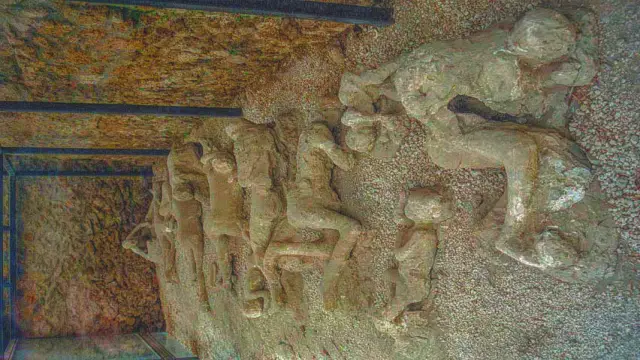
Ghostly Encounters in Pompeii
Many visitors to Pompeii have reported strange occurrences, especially after dark. Some believe that the tragic eruption left behind lost souls. The ruins, which seem normal during the day, take on a different atmosphere at night. Visitors often describe a feeling of eerie doom in the air.
Some people claim the area feels evil or sinister, enhanced by the constant smell of sulfur. Witnesses have reported hearing blood-curdling screams and seeing dark shadows. These “shadow people” appear briefly before vanishing, adding to the haunting experience.
Conclusion: The Legacy of Pompeii
Pompeii remains a powerful reminder of nature’s fury and the fragility of life. The city, buried under ash for centuries, has taught us much about ancient Roman culture. Yet, it also serves as a haunting site where the past lingers. As we explore the ruins, we remember the lives lost and the stories waiting to be told. The tragedy of Pompeii continues to captivate and intrigue, reminding us of the power of nature and the enduring spirit of humanity.
For a visual representation of this tragic event, check out this brief animated video depicting the destruction of Pompeii.
